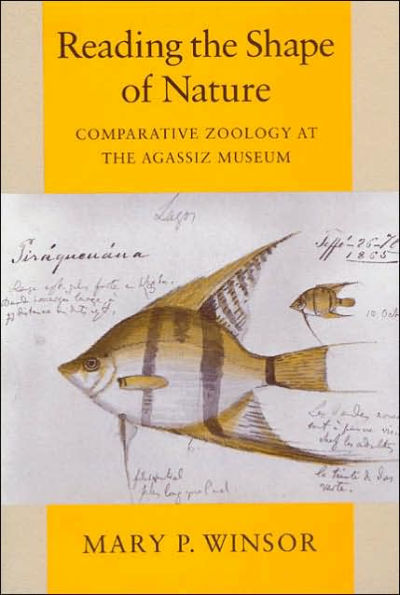5
1
9780226902159


Reading the Shape of Nature: Comparative Zoology at the Agassiz Museum available in Paperback

Reading the Shape of Nature: Comparative Zoology at the Agassiz Museum
- ISBN-10:
- 0226902153
- ISBN-13:
- 9780226902159
- Pub. Date:
- 11/15/1991
- Publisher:
- University of Chicago Press
- ISBN-10:
- 0226902153
- ISBN-13:
- 9780226902159
- Pub. Date:
- 11/15/1991
- Publisher:
- University of Chicago Press
49.0
In Stock

Product Details
| ISBN-13: | 9780226902159 |
|---|---|
| Publisher: | University of Chicago Press |
| Publication date: | 11/15/1991 |
| Series: | Science and Its Conceptual Foundations series |
| Edition description: | 1 |
| Pages: | 342 |
| Product dimensions: | 6.00(w) x 9.00(h) x 0.90(d) |
About the Author
From the B&N Reads Blog
